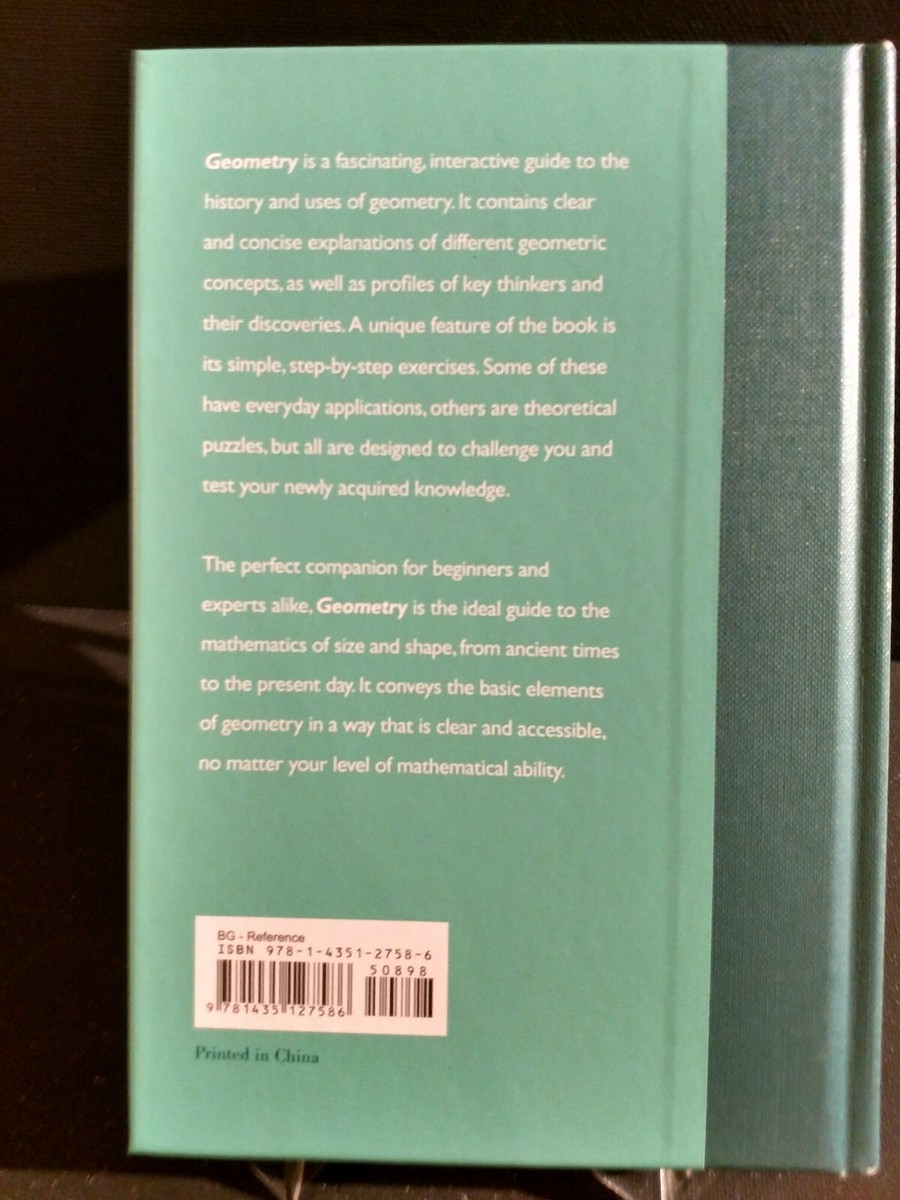
Math Through the Ages — An Examination and Contemplation of a Contemporary Classic in Mathematical History
The narrative of mathematics unfolds as a vast and complex tale intricately linked to the larger story of human culture, exploration, and intellectual progress. To navigate this interdisciplinary field proficiently requires not just a profound historical understanding but also an insightful approach to teaching. In recent times, a significant work has surfaced aimed at simplifying this intricate topic for both educators and learners: Math Through the Ages: A Gentle History for Teachers and Others, co-authored by Fernando Q. Gouvêa and William P. Berlinghoff.
First published by Oxton House Publishers and later reissued by Dover Publications in a more budget-friendly edition (2019), this book has swiftly earned acclaim as an unusually accessible yet intellectually substantial introduction to mathematical history. Lauded by esteemed historians such as Glen Van Brummelen who describes it as “a treasure,” the volume artfully merges historical precision with educational awareness. But how does it withstand deeper examination, particularly from someone knowledgeable in the field? Let’s explore further.
Structure and Pedagogy: Educating Through Narrative and Illustration
Unlike many single-volume histories that adhere to a continuous narrative from ancient to contemporary times, Math Through the Ages splits its content into two main sections:
1. “The History of Mathematics in a Large Nutshell” – A 58-page broad overview charting the journey of mathematics from ancient civilizations to the present.
2. “Thirty Historical Sketches” – Standalone, topic-specific analyses that function as concise instructional segments on selected mathematical advancements.
This innovative organization is not only user-friendly but also corresponds with the manner in which mathematics could be taught or examined in educational settings. Instructors can choose individual segments that align with their syllabus or students’ passions, while references within each sketch direct readers to the book’s comprehensive bibliography—comprising 180 titles—for further exploration.
Crucially, each sketch includes cross-references to other sketches, forming a pedagogical framework that enables readers to relate ideas across various historical and conceptual areas.
Chronological Overview: Clear yet Concise
The authors’ broad overview presents a surprisingly equitable introduction, especially considering its succinctness. It highlights the development of early mathematics in Mesopotamia, Egypt, China, Greece, India, and the Islamic world before transitioning to the European Renaissance and Enlightenment. While naturally reductive—many significant cultures and mathematicians receive only fleeting mentions or are entirely left out—it effectively demonstrates the extensive legacy of mathematical thought.
The Thirty Sketches: Highlights and Shortcomings
Each of the “30 historical sketches” targets a distinct facet of mathematics—from the notion of zero to the emergence of Boolean algebra, statistics, and complex numbers. The format is robust, yet the quality of each sketch is inconsistent. Here’s a closer examination of notable examples.
Highlights
– Sketch No. 1: Keeping Count — Provides a solid foundation on different number systems, though overlooks the Greek numeral system.
– Sketch No. 6: Metric Measurement — An articulate and informative overview of the genesis and justification of the metric system.
– Sketch No. 14: Euclid’s Plane Geometry — A proficient overview of Euclid’s mathematical influence.
– Sketch No. 21: Probability Theory — Offers a commendable account of the field’s beginnings in gambling and risk evaluation.
Significantly, the sketches articulate well-defined historical and mathematical concepts made approachable for novices, while still indicating advanced theoretical advancements.
Historical Errors and Omissions
Despite the book’s merits, several inaccuracies and misinterpretations undermine its credibility, particularly for narratives designed to inform educators:
– Misrepresentation of Brahmagupta and zero: The authors inaccurately credit Mahāvīra as the first known Indian mathematician to consider zero as a number, overlooking Brahmagupta’s earlier definitions and principles.
– Overemphasis or misapprehension of European contributions: Ancient Babylonian achievements in solving quadratics and other algebraic systems are occasionally disregarded in favor of later Renaissance figures.
– Inaccurate historical anecdotes: The Tartaglia–Cardano–Fiore incident is not always consistently depicted. Also, Cardinal’s contributions to complex numbers are occasionally misinterpreted or minimized.
– Sketch No. 23: “Electronic Computers” — This sketch is filled with inaccuracies. For example, it mistakenly asserts that Leibniz’s mechanical calculator operated on binary (it did not) and only briefly and superficially mentions crucial developments such as Babbage’s Difference and Analytical Engines, Turing’s involvement at Bletchley Park, and Konrad Zuse’s contributions.
– Idealization of Ada Lovelace: Although she certainly merits recognition, labeling her as the “first computer programmer” without adequately acknowledging Babbage’s role reflects more on modern myths than precise historical investigation.
Literature Recommendations and Analysis
A notable aspect of the book is its rich bibliography and well-curated list of suggested readings—resources beneficial for